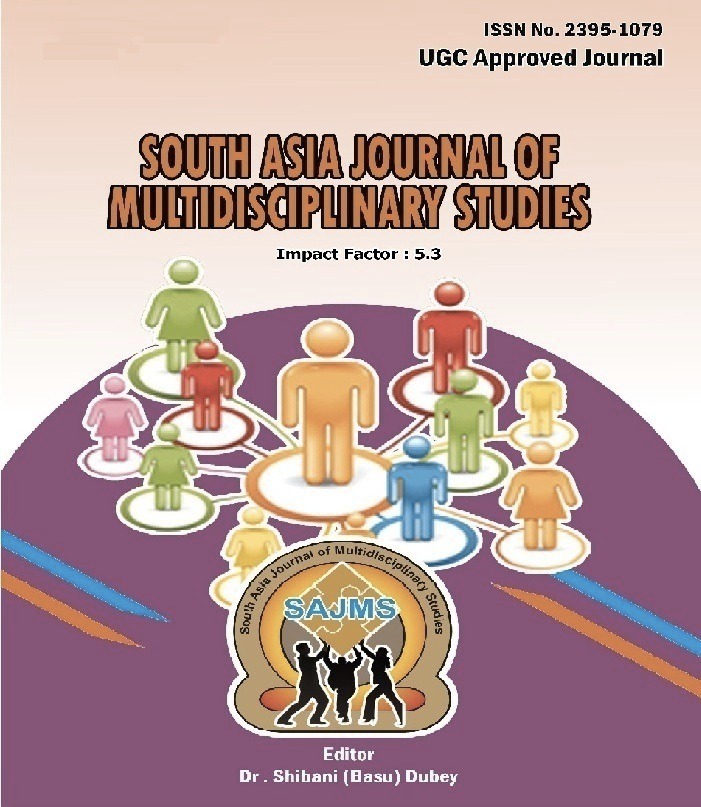Wooden Sculptures of Garuda in the Satras of Assam: an Analysis of their Style and Religious Significance
Keywords:
Garuda, Wooden Sculpture, Wood Carving, Hindu Iconography, Satra.Abstract
The art of carving on wood has been one of the oldest artistry to express or represent any object or image The Satra- a socio-religious centre in Assam was set up and developed with these ways of living through devotional motifs by Sri Sankaradeva and his followers. The wood carvings of the Satras based on religious themes have been practiced traditionally for more than five hundred years. Most of the surviving relief sculptures in the Satras are belonging to 18th, 19th and 20th centuries. The sculptural form of the deity Garuda is one of the popular images in the Satras. The carving images of ?Garuda are most attractive relief sculptures on wood in the Satras. It has unique style and characters which bears a religious significance to the people of Assam. The present paper is an attempt to promote such kind of valuable art forms among the society and art lovers. In this paper, the wooden sculptures of Garuda are mainly focused with the support of religious context and Indian mythology on Vaishnavite culture. The discussions have been described mostly based on visual observations of the original sculptures.References
symbolism and meaning of Icons [e-book]. Australia: Simha Publications. Accessed June
, 2017. https://www.australiancouncilofhinduclergy.com.
Gopinath Rao, T. A. 1914a. Elements of Hindu Iconography (Volume. I-Part I). Madras:
The Law Printing House.
Gopinath Rao, T. A. 1914b. Elements of Hindu Iconography (Volume. I-Part I). Madras:
The Law Printing House.
Gopinath Rao, T. A. 1914c. Elements of Hindu Iconography (Volume. I-Part I). Madras:
The Law Printing House.
Downloads
Published
2022-06-30
Issue
Section
Articles
License
Submission Preparation ChecklistSubmission Preparation Checklist
Before proceeding with your submission, please ensure that you have completed the following checklist. All items on the list must have a checkmark before you can submit your manuscript:

